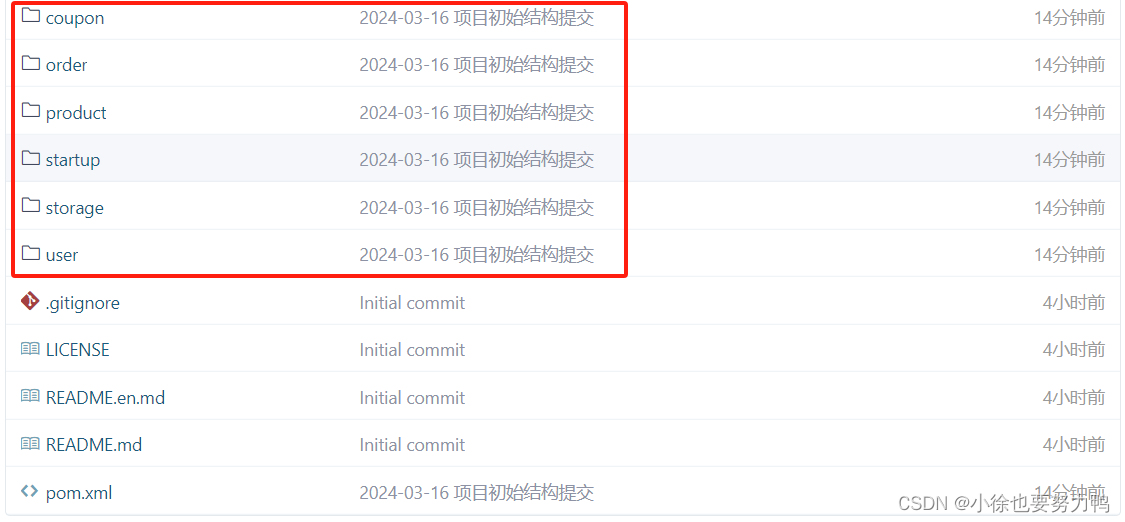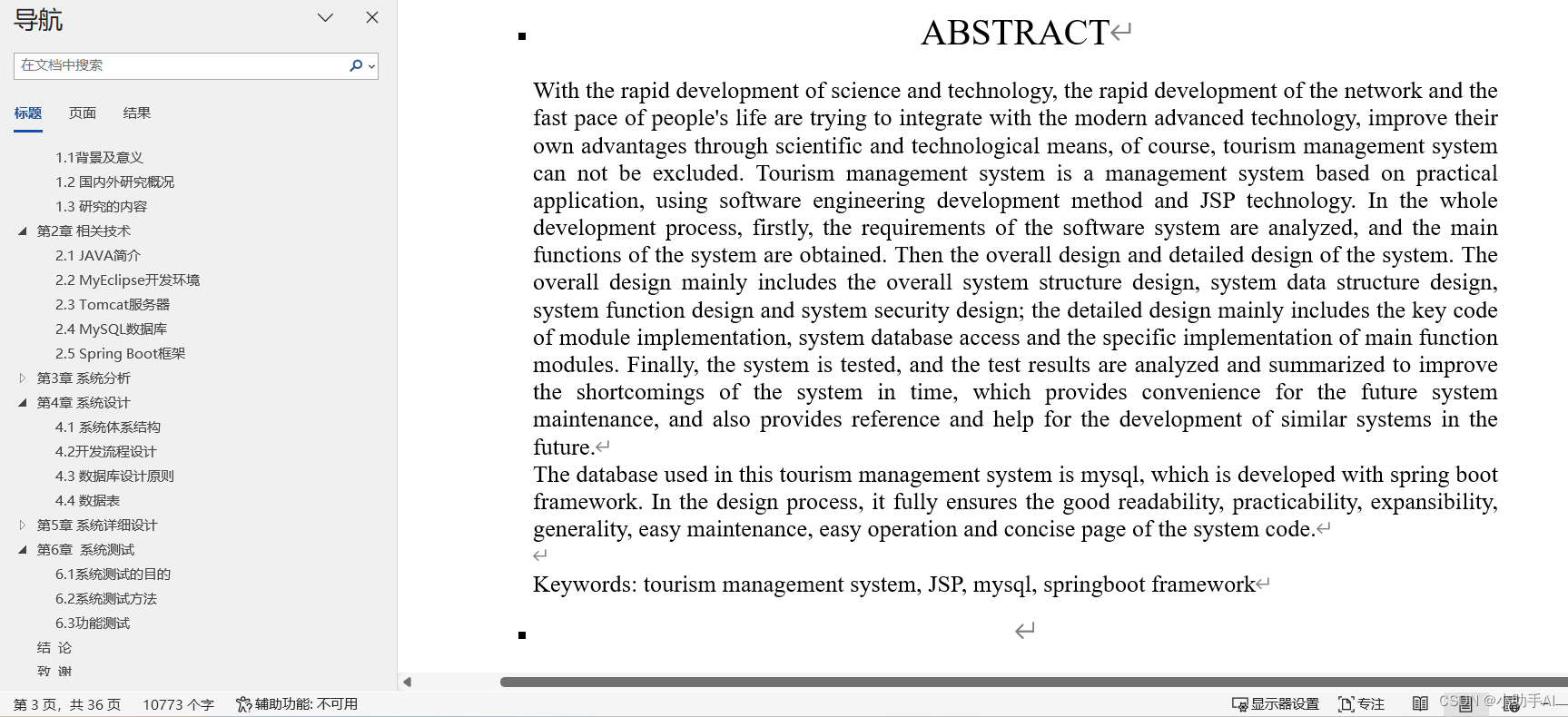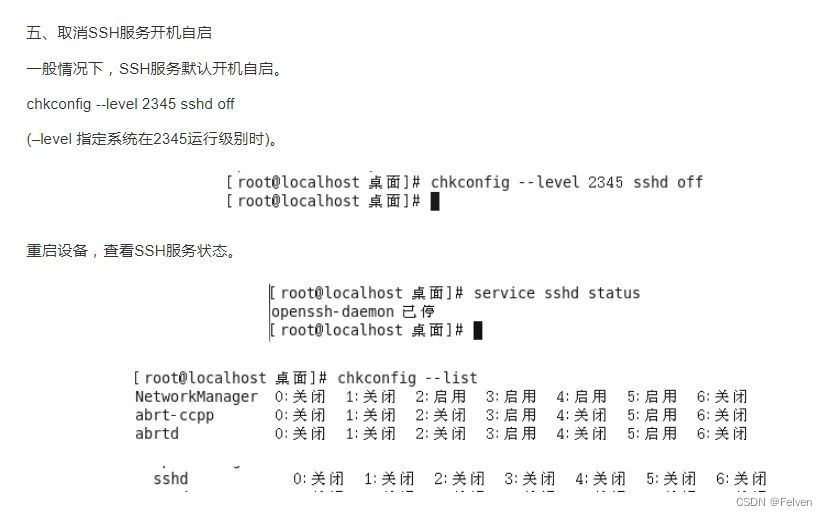给定一个全部由小写英文字母组成的字符串,允许你至多删掉其中 3 个字符,结果可能有多少种不同的字符串?
输入格式:
输入在一行中给出全部由小写英文字母组成的、长度在区间 [4, 106] 内的字符串。
输出格式:
在一行中输出至多删掉其中 3 个字符后不同字符串的个数。
输入样例:
ababcc
输出样例:
25
提示:
删掉 0 个字符得到 "ababcc"。
删掉 1 个字符得到 "babcc", "aabcc", "abbcc", "abacc" 和 "ababc"。
删掉 2 个字符得到 "abcc", "bbcc", "bacc", "babc", "aacc", "aabc", "abbc", "abac" 和 "abab"。
删掉 3 个字符得到 "abc", "bcc", "acc", "bbc", "bac", "bab", "aac", "aab", "abb" 和 "aba"。
代码长度限制
16 KB
from itertools import combinations
s = input()
length = len(s)
arr = [int(i) for i in range(len(s))]
temp1 = []
temp2 = []
temp3 = []
x01 = 1+len(s)
for i in combinations(arr,2):
i = list(i)
i.sort()
if i not in temp2:
temp2.append(i)
for i in combinations(arr, 3):
i = list(i)
i.sort()
if i not in temp3:
temp3.append(i)
newS1 = []
newS2 = []
newS3 = []
for i in arr:
st = list(s)
st[i] = ''
S = ''.join(st)
if S not in newS1:
newS1.append(S)
for brr in temp2:
st = list(s)
for i in brr:
st[i] = ''
S = ''.join(st)
if S not in newS2:
newS2.append(S)
for brr in temp3:
st = list(s)
for i in brr:
st[i] = ''
S = ''.join(st)
if S not in newS3:
newS3.append(S)
total = len(newS1) + len(newS3)+len(newS2)+1
print(total) 



















